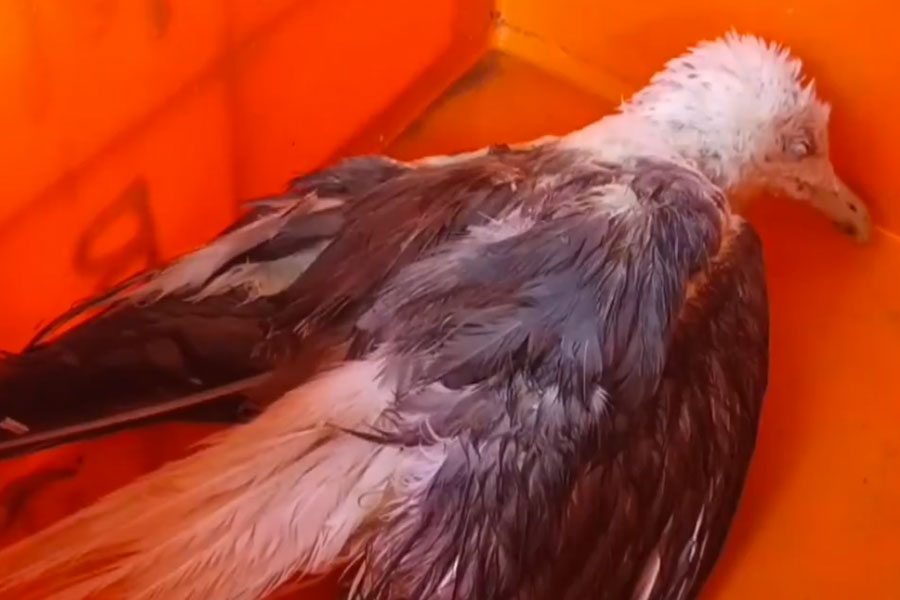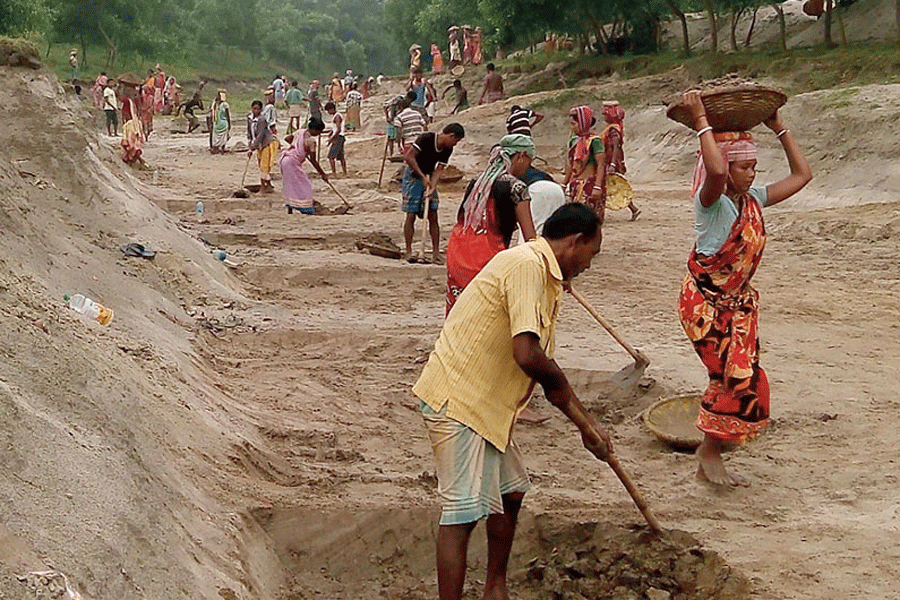 |
Sept. 5: If Delhi had agreed to share half the Teesta’s waters with Bangladesh against Mamata Banerjee’s wishes, the very purpose of the Teesta Barrage Project, aimed at providing irrigation water to north Bengal and generating electricity, would have been defeated.
Environmentalists and river experts have pointed out that if Bengal had to share the Teesta’s waters with Bangladesh on a 50:50 basis, there would not have been enough water to irrigate the fields of north Bengal in the dry months from December to April.
“If half the Teesta waters had been given to Bangladesh, there would not have been enough water to irrigate the fields of north Bengal when the Boro crop is cultivated in the dry months,” Kalyan Rudra, a Calcutta-based expert on Indian rivers, said. “It is in these dry months that both Bengal and Bangladesh depend most heavily on irrigation.”
According to a study conducted by Rudra between 1981 and 2009, the flow in the Teesta is the highest in July (around 70,000 cusecs) and the lowest in April (400 cusecs).
The Left government was also not in favour of parting with more than 25 per cent of the Teesta waters to Bangladesh. “The previous government, too, had realised that north Bengal’s interests would be hurt if more water was shared with Bangladesh,” an irrigation department official said.
He, however, said that when the Centre held talks with the Left government on sharing Teesta waters, the exact volume was not specified.
The Teesta Barrage Project was commissioned in 1976 at a cost of Rs 69.7 crore with the target of irrigating 9.22 lakh hectares in the six north Bengal districts. The plan included generating 67.5MW of hydropower.
But after 35 years and Rs 1,200 crore in expenses, even the first sub-phase of the project’s Phase I has not been completed.
Today, the project — supposed to be completed in two phases, each having two sub-phases — provides irrigation water to only 66,000 hectares and produces 20MW of electricity.
The main Teesta barrage has come up at Jalpaiguri’s Gajoldoba, while two smaller barrages have been constructed in Darjeeling’s Phansidewa and North Dinajpur’s Chopra. Four canals, on either side of the Teesta, reach water to the interiors of north Bengal.
Subir Sarkar, who teaches geography at North Bengal University and has carried out multiple studies on the river, said sharing 50 per cent of the Teesta waters with Bangladesh would have created “major irrigation problems” for north Bengal.
“We conducted a study between 1990 and 2008 and found an annual decline of 0.9 per cent in the mean water level of the river. The rate of silt deposit has increased, the volume of water has reduced and the flow has become erratic. Global warming and environmental degradation have contributed to major changes in the flow of the Teesta,” Sarkar said.
Rudra said neither north Bengal nor the Bangladesh districts through which the Teesta passes require irrigation between June and September, when the river has the maximum water, because these places witness heavy rainfall.
An irrigation department official said that sometimes, during the dry season, the amount of water provided by the Teesta barrage canal network is not enough to meet demands of farmers.
Rabindranath Ghosh, the Trinamul MLA of Cooch Behar’s Natabari, said: “The people of north Bengal would not have accepted a 50:50 water-sharing agreement.”










